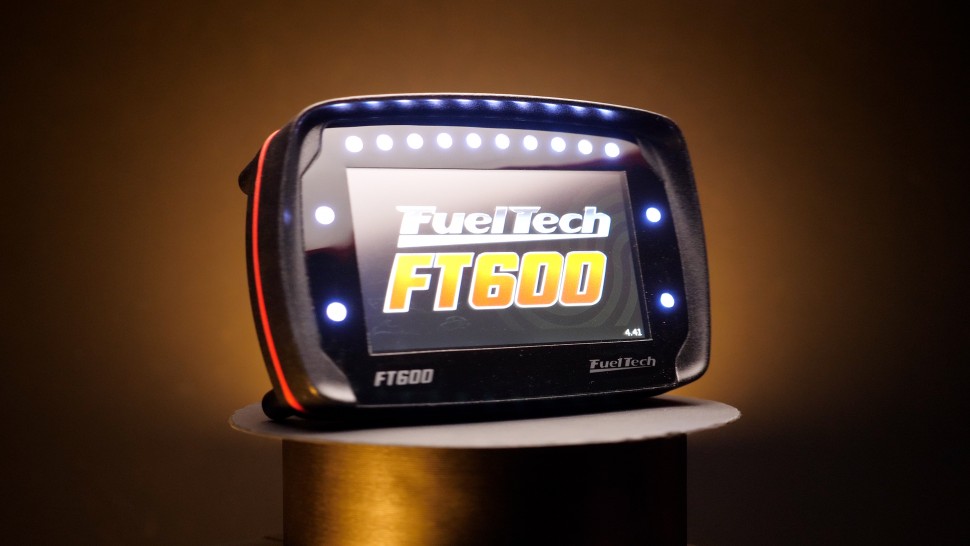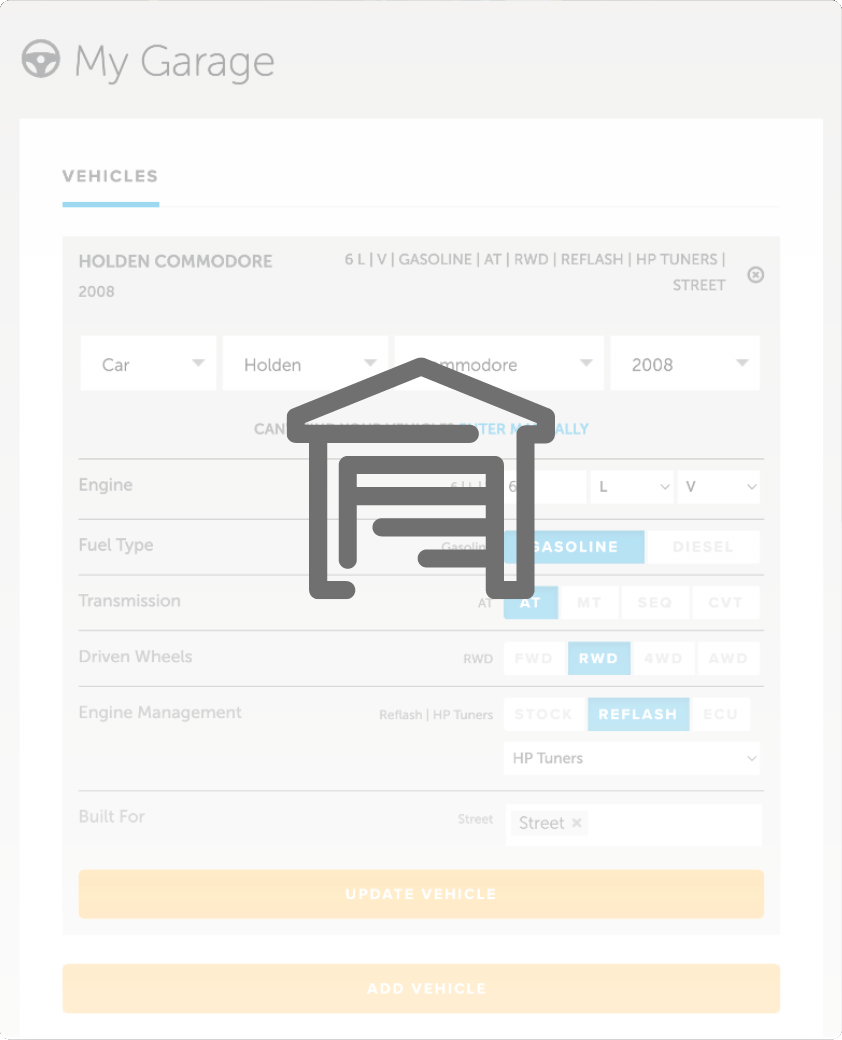| 00:00 |
When it comes to valve bodies, most modern vehicles have what's called an auto manual valve body.
|
| 00:06 |
Depending on the mode the driver selects, the transmission will either shift automatically or based on driver inputs.
|
| 00:13 |
When the driver shifts into drive mode, the vehicle automatically shifts up and down.
|
| 00:19 |
Based on the logic in the transmission controller, combined with the actuation of components in the valve body.
|
| 00:25 |
In some cases, the shifter may be labeled as if you can select individual gears.
|
| 00:31 |
Depending on the physical setup and the electronic control system, selecting the gear labeled two, for example, may engage first or second gear depending on vehicle speed, engine speed, driver accelerator pedal input, or other factors.
|
| 00:46 |
While not the same as manual transmission gear selection, this does give the driver a bit more control over shift behavior and can be useful for off-road, towing a heavy load, racing, or simply trying to get you down a steep hill safely.
|
| 01:00 |
There may also be a manual mode where the driver can shift the vehicle by pressing buttons, bumping a shift knob, or pulling paddles.
|
| 01:08 |
But the key thing to note here is that while the driver feels more in control, they're still only making requests to the transmission control module, which will ultimately decide which requests will result in gear shifts.
|
| 01:22 |
Full manual valve bodies, on the other hand, do give the driver more direct control of shift behavior.
|
| 01:28 |
Full manual valve bodies are generally used for racing rather than street driving.
|
| 01:33 |
They're simplified, removing integration with complex electronics, and lack the ability to be automatically shifted.
|
| 01:40 |
They're often designed for higher line pressures, to allow for higher clamping loads, and to avoid clutch slip during high engine torque output.
|
| 01:49 |
Manual valve bodies are common in off-road racing, rock crawling, and drag racing, to name a few disciplines.
|
| 01:56 |
They come with both the benefit and concern of being able to select a downshift, whether or not the engine can survive the engine speed that downshift will cause.
|
| 02:06 |
So, they do need to be shifted with more understanding, much like a manual transmission.
|
| 02:11 |
Shifter style is also often changed when a manual valve body is fitted.
|
| 02:16 |
Ratchet style shifters simplify manual shifting and make it easy to quickly up or downshift without missing shifts or accidentally engaging the wrong gear.
|
| 02:27 |
A full manual valve body also simplifies electronics, making installation easier, especially in a swap scenario, because a transmission computer or communication with an ECU isn't required.
|
| 02:39 |
Again, there are pros and cons to removing a transmission computer.
|
| 02:43 |
Without computerized control, a shift simply triggers actuators in the manual valve body to turn on or off.
|
| 02:49 |
If we picture clutches becoming on-off switches versus being gradually applied and disengaged, we get the feel for how abrupt shifts can become with manual valve bodies.
|
| 02:59 |
This is especially noticeable in partial throttle conditions, where a modern street vehicle would execute a slow and smooth transition and the manual valve body will cause a rapid bang into the next gear.
|
| 03:12 |
Reduced shift times can shave fractions of a second while racing, as long as the harsh shift behavior doesn't cause excessive wheel spin or a component failure.
|
| 03:22 |
The loss of compliance is not just a consideration for driver comfort, but also for engine and drivetrain components.
|
| 03:30 |
Another valve body option relates to trans brake.
|
| 03:33 |
This describes a feature that allows for torque to be applied from the engine to the transmission without any torque exiting the transmission and reaching the wheels.
|
| 03:43 |
This is achieved by applying torque to both a forward and reverse gear at the same time, preventing the transmission output from spinning.
|
| 03:52 |
By doing so, the torque converter and forward and reverse gear related components in the transmission are all still loaded with torque until the trans brake function is released.
|
| 04:02 |
Releasing the trans brake disengages the reverse gear and the vehicle launches.
|
| 04:07 |
The vehicle's brakes only need to be used to avoid the car rolling due to wind or being on a slope, so we don't have to mash the brake pedal and hope we can hold the engine back from driving the car through the starting line before the race starts.
|
| 04:21 |
Trans brakes are mostly used in drag racing and can be used instead of an engine computer launch control strategy or in conjunction with it.
|
| 04:30 |
While a trans brake has traditionally involved swapping out the valve body itself to achieve engagement of first and reverse at the same time, I do need to mention that some crafty folks have figured out how to achieve similar vehicle behavior on some OEM auto manual valve bodies by hijacking control logic to make engaging those two gears at the same time possible.
|
| 04:52 |
In the aftermarket valve body world though, trans brake is most often a feature of a valve body which is also manual style, though some providers do offer aftermarket auto manual valve bodies with trans brake functionality.
|
| 05:07 |
As with any auto manual valve body, an auto manual trans brake valve body would require integration with a transmission control module for the auto function to function.
|
| 05:18 |
The way trans brake is achieved in these systems varies by transmission and may or may not include the loss of some of the auto shift functionality.
|
| 05:27 |
So, for example, the transmission may no longer auto downshift but it might auto upshift.
|
| 05:33 |
Again, this varies by application and also relates to the components involved in achieving each gear ratio within a transmission.
|
| 05:42 |
In some applications, trans brake can be achieved through adding a module solenoid and a switch to engage the reverse gear without a valve body replacement.
|
| 05:52 |
Remember, the key ingredient in trans brake is the ability to engage reverse while also engaging first gear.
|
| 06:00 |
If you've never used trans brake and you're wondering how it knows when to activate, here's how it works.
|
| 06:06 |
The driver shifts the vehicle into a forward gear, generally first or drive, then typically presses and holds a button which, via the trans brake system, engages the reverse gear.
|
| 06:18 |
When the trans brake system button is released, the reverse gear is disengaged, the forward gear remains engaged, causing the vehicle to launch forward.
|
| 06:27 |
While sitting with the trans brake engaged, applying energy from engine to transmission does heat the transmission fluid and causes significant slip in the converter.
|
| 06:38 |
Much like we wouldn't want to sit on a rev limiter for a long period of time, sitting on the trans brake with the engine revved up isn't something we'd want to do for long periods of time either.
|
| 06:49 |
On the plus side, first gear is pre -loaded, reducing shock to those components when the trans brake is released.
|
| 06:56 |
But this does not pre-load the tire since there is not transmission torque output during trans brake.
|
| 07:03 |
Making the trans brake work effectively often requires a new valve body because internal changes to support increased fluid flow and pressure are involved to ensure both forward and reverse are engaged with enough clamping force to avoid the vehicle creeping forward or backwards and potentially rolling through the beams at a drag strip causing disqualification.
|
| 07:24 |
Keep in mind, internal changes involved may be fine for drag cars which run for seconds at a time, but forcing high transmission pump output at all times is not ideal for pump longevity in a street application.
|
| 07:38 |
So, to summarize, auto manual, full manual, or trans brake are all options to consider for each application.
|
| 07:46 |
Auto manual is best suited for street use, but with modern transmission control systems and tuning methods, you can turn some typical auto manual transmissions into racing machines.
|
| 07:57 |
Full manual valve body setups give the driver total control, fast shifts, reduce slip, but require the driver to make the right choices.
|
| 08:05 |
Trans brake is a massive advantage in drag racing, avoiding driving the vehicle through the brakes before you're ready to launch, but allowing the engine to build load, spool turbos if fitted, and launch in an instant when the trans brake is released.
|
| 08:20 |
Now, that we've covered the core components and component upgrades, we're ready to get into the calibration side of transmission tuning.
|





